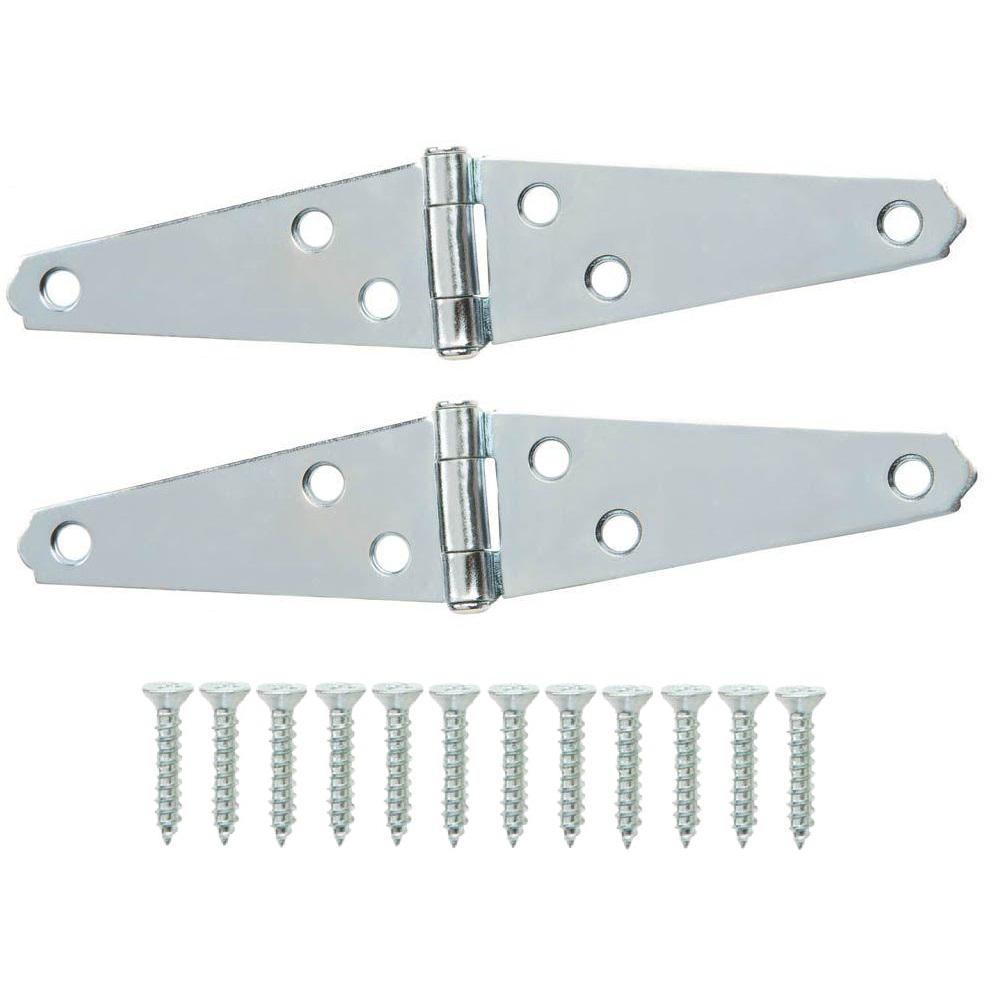blueeyesdesigns
Active Member
I've been banging my head against this one all morning, and it's gotten to the point where I know I need a set of fresh eyes on the question.
I'm building a trap door that needs to sit flush with the deck and open completely flat. The director is taking inspiration from this production of Shakespeare in Love that Cincinnati Playhouse did a few years ago, so I know it's possible:


What I'm trying to figure out is what the heck kind of hinge they used that would do that. And of course the actors are sitting over what I really need to see in the pic of it open... Zooming in, I can tell that the door sets back from the edge of the trap a bit when it's open; it doesn't look like it's lined up vertically.
No amount of Google-ing/flipping through my usual catalogs is turning up an obvious solution. Everything I find will do either, but not both.
Suggestions?
I'm building a trap door that needs to sit flush with the deck and open completely flat. The director is taking inspiration from this production of Shakespeare in Love that Cincinnati Playhouse did a few years ago, so I know it's possible:
What I'm trying to figure out is what the heck kind of hinge they used that would do that. And of course the actors are sitting over what I really need to see in the pic of it open... Zooming in, I can tell that the door sets back from the edge of the trap a bit when it's open; it doesn't look like it's lined up vertically.
No amount of Google-ing/flipping through my usual catalogs is turning up an obvious solution. Everything I find will do either, but not both.
Suggestions?



